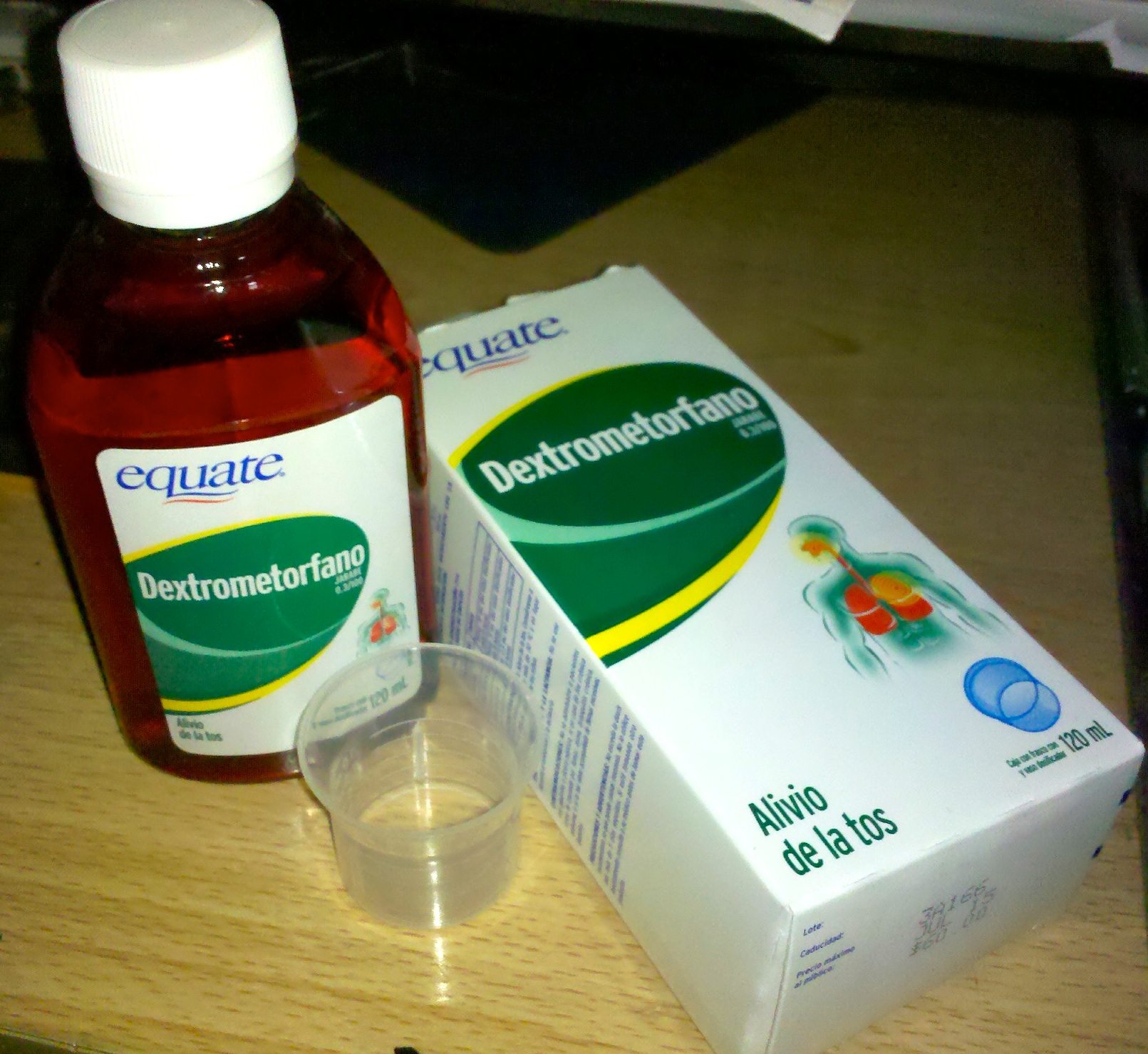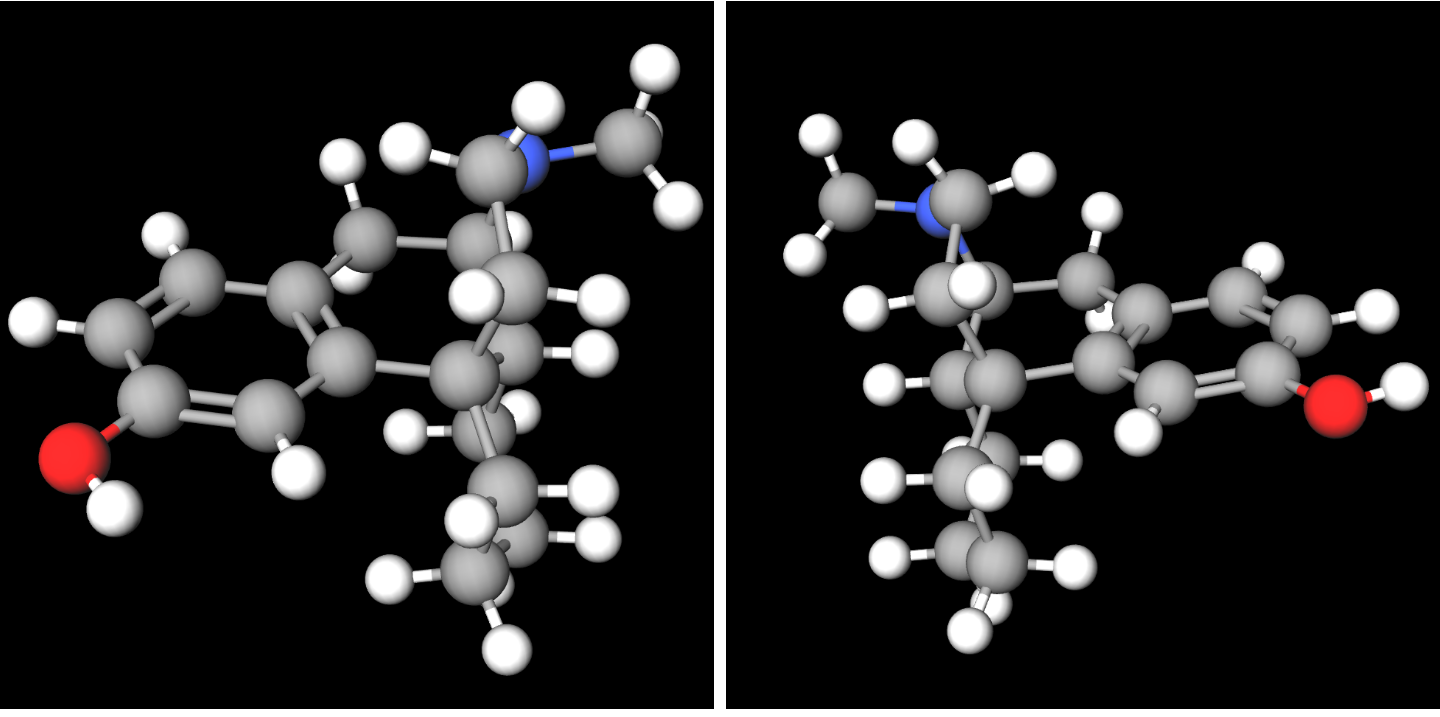|
Butamirate
Butamirate (or brospamin, trade names Acodeen, Codesin, Pertix, Sinecod, Sinecoden, Sinecodix) is a cough suppressant. It has been marketed in Europe and Mexico, but not in the United States. As the citrate salt, it is sold in the form of lozenges, syrup, tablets, dragées, or pastilles. Adverse effects can include nausea, diarrhea, vertigo, and exanthema. Pharmacology A study found it to bind to the cough center in the medulla oblongata, more specifically the dextromethorphan-binding site in guinea pig brain with high affinity. As a 2-(2-diethylaminoethoxy)ethyl ester, it is chemically related to oxeladin and pentoxyverine, which are in the same class. (Oxeladin has an additional ethyl group in its carboxylic acid, pentoxyverine has both ethyl groups of oxeladin replaced by one cyclopentyl in the same place.) File:Oxeladin.png, Oxeladin File:Pentoxyverine skeletal.svg, Pentoxyverine See also * Cough syrup * Noscapine * Codeine; Pholcodine * Dextromethorphan; Dimemorfan * ... [...More Info...] [...Related Items...] OR: [Wikipedia] [Google] [Baidu] |
Cough Suppressant
Cold medicines are a group of medicinal, medications taken individually or in Combination drug, combination as a Symptomatic treatment, treatment for the symptoms of the common cold and similar conditions of the upper respiratory tract. The term encompasses a broad array of drugs, including analgesics, antihistamines and decongestants, among many others. It also includes drugs which are marketed as cough suppressants or antitussives, but their effectiveness in reducing cough symptoms is unclear or minimal. While they have been used by 10% of American children in any given week, they are not recommended in Canada or the United States in children six years or younger because of lack of evidence showing effect and concerns of harm. In 2020, one version containing codeine and guaifenesin was the 377th most commonly prescribed medication in the United States with more than 400thousand prescriptions. Types There are a number of different cough and cold medications, which may be use ... [...More Info...] [...Related Items...] OR: [Wikipedia] [Google] [Baidu] |
Antitussives
Cold medicines are a group of medications taken individually or in combination as a treatment for the symptoms of the common cold and similar conditions of the upper respiratory tract. The term encompasses a broad array of drugs, including analgesics, antihistamines and decongestants, among many others. It also includes drugs which are marketed as cough suppressants or antitussives, but their effectiveness in reducing cough symptoms is unclear or minimal. While they have been used by 10% of American children in any given week, they are not recommended in Canada or the United States in children six years or younger because of lack of evidence showing effect and concerns of harm. In 2020, one version containing codeine and guaifenesin was the 377th most commonly prescribed medication in the United States with more than 400thousand prescriptions. Types There are a number of different cough and cold medications, which may be used for various coughing symptoms. The commercially a ... [...More Info...] [...Related Items...] OR: [Wikipedia] [Google] [Baidu] |
Cough Syrup
Cold medicines are a group of medications taken individually or in combination as a treatment for the symptoms of the common cold and similar conditions of the upper respiratory tract. The term encompasses a broad array of drugs, including analgesics, antihistamines and decongestants, among many others. It also includes drugs which are marketed as cough suppressants or antitussives, but their effectiveness in reducing cough symptoms is unclear or minimal. While they have been used by 10% of American children in any given week, they are not recommended in Canada or the United States in children six years or younger because of lack of evidence showing effect and concerns of harm. In 2020, one version containing codeine and guaifenesin was the 377th most commonly prescribed medication in the United States with more than 400thousand prescriptions. Types There are a number of different cough and cold medications, which may be used for various coughing symptoms. The commercially a ... [...More Info...] [...Related Items...] OR: [Wikipedia] [Google] [Baidu] |
Dextromethorphan
Dextromethorphan (DXM) is a medication most often used as a cough suppressant in over-the-counter cold and cough medicines. It is sold in syrup, tablet, spray, and lozenge forms. In 2022, the FDA approved a formulation of it combined with bupropion named Auvelity to serve as a rapid acting antidepressant in patients with major depressive disorder. It is in the morphinan class of medications with sedative, dissociative, and stimulant properties (at lower doses). Dextromethorphan does not have a significant affinity for the mu-opioid receptor activity typical of morphinan compounds and exerts its therapeutic effects through several other receptors. In its pure form, dextromethorphan occurs as a white powder. Dextromethorphan is also used recreationally. When exceeding approved dosages, dextromethorphan acts as a dissociative hallucinogen. It has multiple mechanisms of action, including actions as a nonselective serotonin reuptake inhibitor and a sigma-1 receptor agonis ... [...More Info...] [...Related Items...] OR: [Wikipedia] [Google] [Baidu] |
Cloperastine
Cloperastine (INN) or cloperastin, in the forms of cloperastine hydrochloride (JAN) (brand names Hustazol, Nitossil, Seki) and cloperastine fendizoate (or hybenzoate), is an antitussive and antihistamine that is marketed as a cough suppressant in Japan, Hong Kong, and in some European countries. It was first introduced in 1972 in Japan, and then in Italy in 1981. Side effects Adverse effects may include sedation, drowsiness, heartburn, and thickening of bronchial secretions. Pharmacology The precise mechanism of action of cloperastine is not fully clear, but several different biological activities have been identified for the drug, of which include: ligand of the σ1 receptor (Ki = 20 nM) (likely an agonist), GIRK channel blocker (described as "potent"), antihistamine (Ki = 3.8 nM for the H1 receptor), and anticholinergic. It is thought that the latter two properties contribute to side effects, such as sedation and somnolence, while the former two may be involved in or respo ... [...More Info...] [...Related Items...] OR: [Wikipedia] [Google] [Baidu] |
Tipepidine
Tipepidine (INN) (brand names Asverin, Antupex, Asvelik, Asvex, Bitiodin, Cofdenin A, Hustel, Nodal, Sotal), also known as tipepidine hibenzate (JAN), is a synthetic, non-opioid antitussive and expectorant of the thiambutene class. It acts as an inhibitor of G protein-coupled inwardly-rectifying potassium channels (GIRKs). The drug was discovered in the 1950s,ES Patent 272195 and was developed in Japan in 1959. It is used as the hibenzate and citrate salts. The usual dose is 20 mg every 4–6 hours. Possible side effects of tipepidine, especially in overdose, may include drowsiness, vertigo, delirium, disorientation, loss of consciousness, and confusion. Tipepidine has been investigated as a potential psychiatric drug. It is being investigated in depression, obsessive-compulsive disorder, and attention-deficit hyperactivity disorder (ADHD). Through inhibition of GIRK channels, tipepidine increases dopamine levels in the nucleus accumbens, but without increasing locom ... [...More Info...] [...Related Items...] OR: [Wikipedia] [Google] [Baidu] |
Levorphanol
Levorphanol (brand name Levo-Dromoran) is an opioid medication used to treat moderate to severe pain. It is the levorotatory enantiomer of the compound racemorphan. Its dextrorotatory counterpart is dextrorphan. It was first described in Germany in 1946. The drug has been in medical use in the United States since 1953. Pharmacology Levorphanol acts predominantly as an agonist of the μ-opioid receptor (MOR), but is also an agonist of the δ-opioid receptor (DOR), κ-opioid receptor (KOR), and the nociceptin receptor (NOP), as well as an NMDA receptor antagonist and a serotonin-norepinephrine reuptake inhibitor (SNRI). Levorphanol, similarly to certain other opioids, also acts as a glycine receptor antagonist and GABA receptor antagonist at very high concentrations. Levorphanol is 6 to 8 times as potent as morphine at the MOR. Relative to morphine, levorphanol lacks complete cross-tolerance and possesses greater intrinsic activity at the MOR. The duration of action is general ... [...More Info...] [...Related Items...] OR: [Wikipedia] [Google] [Baidu] |
Dextrorphan
Dextrorphan (DXO) is a psychoactive drug of the morphinan class which acts as an antitussive or cough suppressant and dissociative hallucinogen. It is the dextrorotatory enantiomer of racemorphan; the levorotatory enantiomer is levorphanol. Dextrorphan is produced by O-demethylation of dextromethorphan by CYP2D6. Dextrorphan is an NMDA antagonist and contributes to the psychoactive effects of dextromethorphan. Pharmacology Pharmacodynamics The pharmacology of dextrorphan is similar to that of dextromethorphan (DXM). However, dextrorphan is much more potent as an NMDA receptor antagonist as well much less active as a serotonin reuptake inhibitor, but retains DXM's activity as a norepinephrine reuptake inhibitor. It also has more affinity for the opiod receptors than dextromethorphan, significantly so at high doses. Pharmacokinetics Dextrorphan has a notably longer elimination half-life than its parent compound, and therefore has a tendency to accumulate in the blood after repe ... [...More Info...] [...Related Items...] OR: [Wikipedia] [Google] [Baidu] |
Racemorphan
Racemorphan, or morphanol, is the racemic mixture of the two stereoisomers of 17-methylmorphinan-3-ol, each with differing pharmacology and effects: * Dextrorphan - an antitussive and dissociative hallucinogen ( NMDA receptor antagonist) * Levorphanol - an opioid analgesic Racemorphan itself is under international control per the Single Convention on Narcotic Drugs 1961 and is therefore listed as a Schedule II Narcotic controlled substance in the US Controlled Substances Act 1970; it has an ACSCN of 9733 and in 2014 it had an aggregate annual manufacturing quota of zero. The salts in use are hydrobromide (free base conversion ratio 0.741), hydrochloride (0.876), and tartrate (0.632). See also * Levallorphan * Methorphan * Morphinan * Cyclorphan See also * Cough syrup * Noscapine * Codeine; Pholcodine * Dextromethorphan; Dimemorfan * Dextrorphan; Levorphanol * Butamirate * Pentoxyverine * Tipepidine * Cloperastine Cloperastine (INN) or cloperastin, in the forms of ... [...More Info...] [...Related Items...] OR: [Wikipedia] [Google] [Baidu] |
Dimemorfan
Dimemorfan (INN) (or dimemorphan) (brand names Astomin, Dastosirr, Tusben), or dimemorfan phosphate (JAN), also known as 3,17-dimethylmorphinan, is an antitussive (cough suppressant) of the morphinan family that is widely used in Japan and is also marketed in Spain and Italy. It was developed by Yamanouchi Pharmaceutical (now Astellas Pharma) and introduced in Japan in 1975. It was later introduced in Spain in 1981 and Japan in 1985. Side effects Adverse effects include nausea, somnolence, dry mouth, and decreased appetite. Pharmacology Dimemorfan is an analogue of dextromethorphan (DXM) and its active metabolite dextrorphan (DXO), and similarly to them, acts as a potent agonist of the σ1 receptor (Ki = 151 nM). However, unlike DXM and DXO, it does not act significantly as an NMDA receptor antagonist (Ki = 16,978 nM), and for this reason, lacks dissociative effects, thereby having reduced side effects and abuse potential in comparison. Similarly to DXM and DXO, dimemorfan ... [...More Info...] [...Related Items...] OR: [Wikipedia] [Google] [Baidu] |

